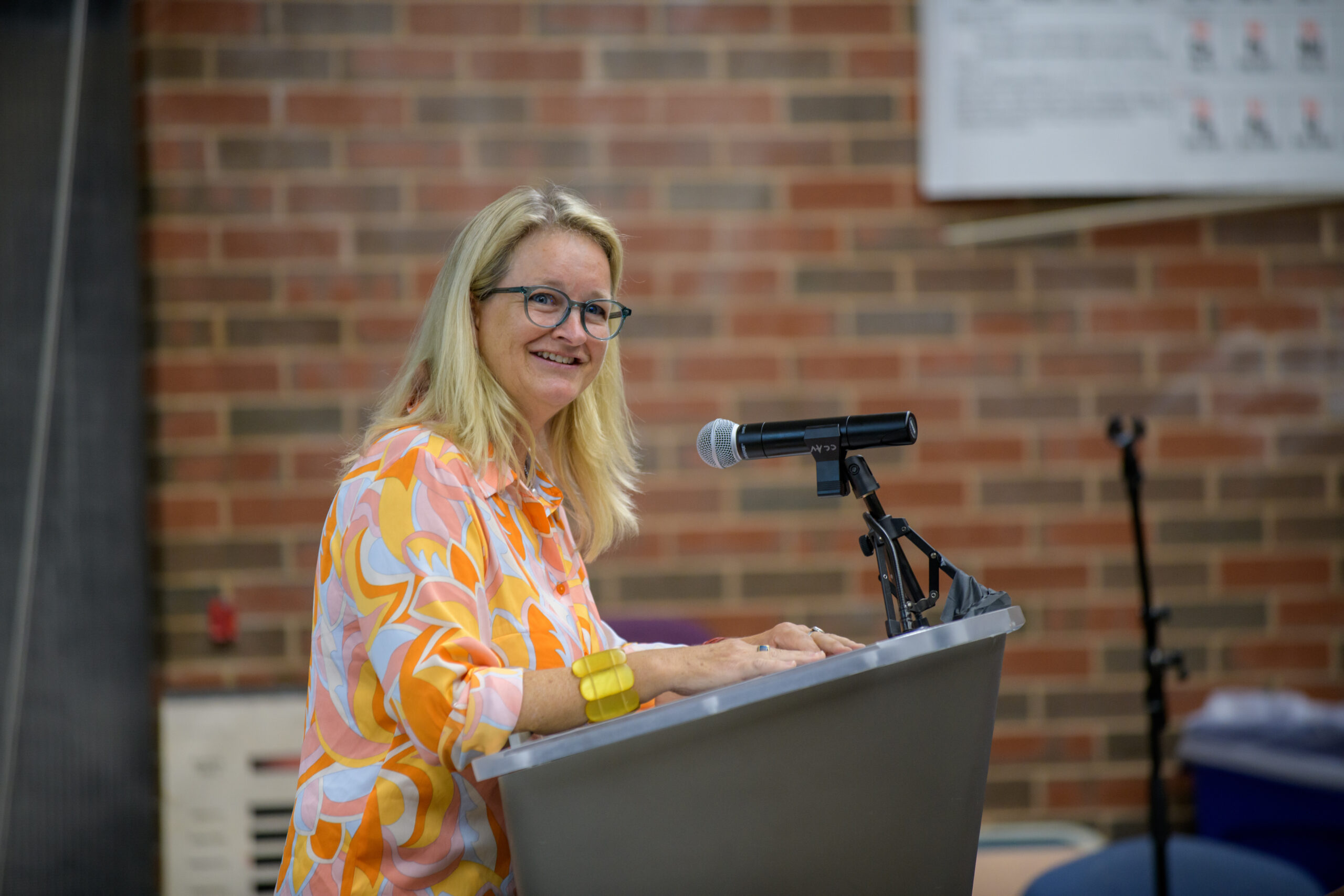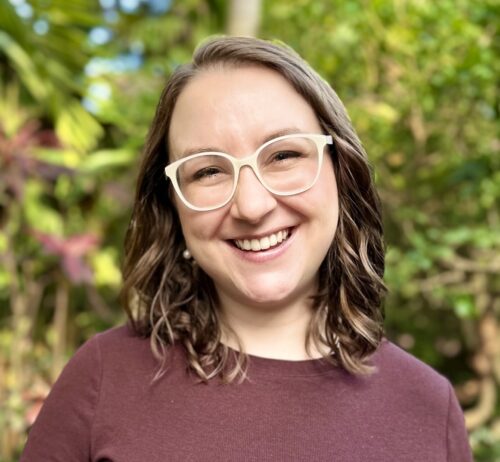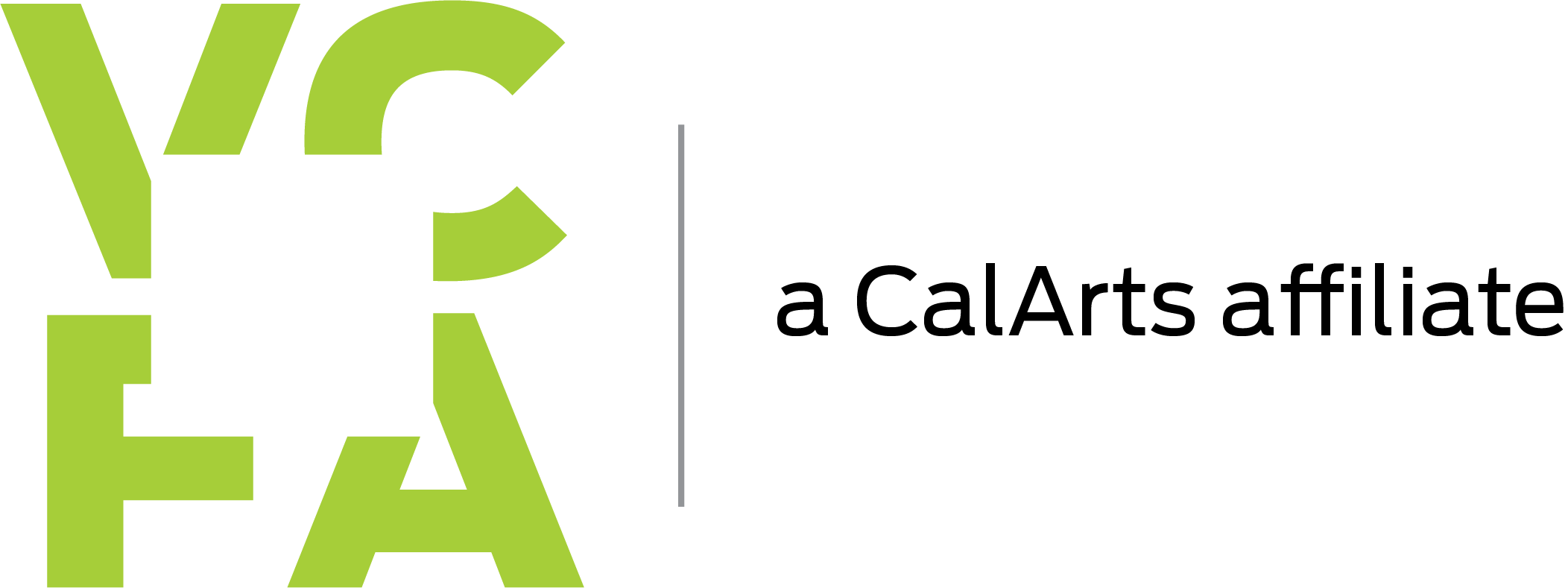What Is a YA Novel?

A pivotal part of learning how to write for children and young adults is by studying the craft. At VCFA, this educational journey culminates with each student giving a lecture.
By Brianna Jett (WCYA ’22)
April 2nd, 2025
Young Adult, or YA, novels are some of the most popular books on the market. They fly off shelves—whether they’re in a library or a bookstore. According to Hook Research, more than 35 million YA books are sold every year.
But have you ever stopped to wonder what exactly is a YA novel? What are you writing, if you’re writing YA? And who is reading these books—and why?
In this article, we’ll discuss what you need to know about YA novels, including:
- YA novels are written about and for teenagers.
- A not-quite successful effort to create a New Adult category taught us that coming-of-age themes in YA books appeal to a broad audience.
- More than just teenagers read YA novels. Younger—and older—audiences do, as well.
- Who buys the books matters; adults have an influence on which books are published for younger readers.
- Do you want to write YA books? There are a few questions you can ask yourself to help answer that question.
How do you define a YA novel?
The simplest way to define YA is by the age of both the characters inside the books and the readers the books are aimed toward. Generally, YA novels are written about and for teenagers, roughly between 13 and 18 years old.
Merriam Webster’s definition of YA: “of, relating to, or being a category of fiction that is primarily intended for adolescent readers”
But what does that actually tell us about the books we’re reading? More than just an age category, YA novels have a common vibe, if you will. Often, they are written with typical themes. In other words, YA books usually deal with the same struggles and joys that teenagers themselves face.
Some of the common themes in YA novels as listed in Wikipedia are:
- coming of age
- getting in trouble
- a search for independence
- death and life
- first-time love
- friendship and peer pressure
Joanne Sullivan put it best while reporting for Publishers Weekly:
“Since young adult emerged as a category in the 1960s, it has served as a distinct place where 12-to-18-year-olds could find stories that speak to their unique position in life—the often awkward, painful, emotionally charged teen years when values are tested and identities are forged.”
However, YA is not the only place a reader can find similar “finding yourself” themes. Similar themes exist in books aimed at younger readers, like Middle Grade, and books aimed at adults. In fact, in the past decade or so, there’s been a push to create a new age group of books that combines those quintessential YA themes with older protagonists.

Understanding what is a YA novel and the nuances of writing for young adults takes time for most writers. Many choose a two-year MFA to do just that.
YA vs. NA: What’s the Difference?
Around 2012, some of the biggest publishers started publishing in a new category: New Adult. This new age category had a slow start, as you’ll read below. But it does have something important to teach us about what a YA novel is and isn’t.
According to Publisher’s Weekly, this New Adult age category was aimed at “older teens, college-age, and post-college-age readers.” Depending on who you ask, these ages can range from eighteen to 25 or 29. Romance was a common theme and these books included more explicit sex.
Publishers saw a group of older readers they wanted to reach. They wanted to use similar themes but more mature content. However, PW says publishers initially had a hard time marketing these books. It didn’t take long before they closed down their New Adult imprints.
Although major publishers stopped officially marketing the NA category shortly after it was launched in 2012, the term stuck around. This became especially true for the online and in the self-publishing space. Readers have been adamant that they want NA books.
More than a decade later, publishers are trying again. Little, Brown Books for Young Readers just announced that they’re launching Requited, a new imprint aimed at the New Adult market.
The most important takeaway here, though, is what is similar between YA and NA books. According to Writing Mastery, the characters in NA books “are still in the process of their self-discovery phase.”
In other words, the vibes of YA are still there, even if the characters are older and plot elements are more adult.
What does this teach us about YA books? Well, the theme of self-discovery is more universal than the narrow age constraints of YA might suggest.
The thing that makes YA special is also the thing that appeals to so many people who aren’t teenagers.
(For a more indepth look at the history of NA, check out this article by Book Riot.)

There’s nothing more fun than sharing your newest YA writing with your friends and peers at VCFA.
Who Reads YA?
This might seem like an obvious question, but the answer might surprise you. According to the Guardian, most readers picking up YA novels are actually adults.
The Guardian recently reported some staggering statistics: “74% of YA readers were adults, and 28% were over the age of 28.” Of course, some of those readers could be just a few days or weeks into adulthood, reading the same books they were reading at seventeen. But a lot of those readers are nowhere near being a teenager.
Just as fascinating as the statistics is the reasoning behind the data:
“The research suggests this is due to behavioural changes described as ‘emerging adulthood’: young people growing up more slowly and delaying ‘adult’ life. The feelings of instability and ‘in-betweenness’ this can cause has led to young adults seeking solace in young adult fiction—and for some these books remain a source of comfort as they grow older.”
That’s more evidence that the themes that often define Young Adult literature are relatable to more than just teenagers.
In fact, many YA books can serve as comfort for those struggling with their sense of self–worth beyond adolescence.
And it’s not just older readers picking up YA books. Younger readers are doing the same—likely attracted to the same emotional intensity and search for identity.
“In recent years, librarians report that more middle grade readers (traditionally eight- to 12-year-olds) are ‘reading up’ to YA books,” O’Sullivan wrote for Publishers Weekly.
Who Buys YA Books?
And more importantly, who should?
Just as revealing as who is reading YA books is who buys the books. According to Publishers Weekly, more than half of YA books are bought by people between the ages of 30 and 44—and they aren’t just buying them for the teenagers in their lives.
78% of the adults buying those books say they plan to read the books for themselves.
Although YA novels are written for teens, that doesn’t mean they’re the only ones who can benefit from reading them.
“I do think adults should read teen books, as we benefit from the insights into and reminders about what teenagers might be going through, which may be similar or different from what we experienced as teenagers and help foster empathy for their plights,” says Foyinsi Adegbonmire, an editor at Feiwel and Friends, for Publishers Weekly.
It’s probably worth mentioning here that just because a book is written for teenagers, doesn’t mean it has less value or literary merit than a book written for adults. YA books are written with the same care and craft as any other book. Anyone can read a young adult novel and find something worthwhile there.
In fact, books written for teenagers have been shown to be more useful in classrooms than the old classics. Because students are more likely to find these books relatable, they’re more likely to be engaged in the classroom and more likely to read other books.
Because adults are a large part of the purchasing power behind YA books, their tastes and preferences can influence the market. Specifically, it may influence the types of books editors are looking to publish.
However, it’s important to remember who you’re writing for. Adults might enjoy reading your YA novel, but you’re not writing it for them. You’re writing it for the young adults in the room—the teenagers.
How do you know if you’re writing a YA novel?
Here are some great questions to ask yourself.
- When you imagine who will one day be reading your book, who do you picture? It’s important to consider your ideal audience and what you want to say to them. Anyone can read your book, but who are you writing for?
- Which books do you love to read the most? If you’re only reading adult novels, it might be a challenge to write for a younger audience. If you love to read YA, you might find writing a YA voice comes more naturally.
- Why do you want to write this story?
- If you could choose the place your book sits on a shelf, which books would be next to yours?
One of the most liberating parts of writing is deciding who you’re writing for—and then shutting out all the other imaginary voices telling you what your story should look like. So whichever age group you’re writing for, go out there and write.

Brianna Jett
Author and Marketing Professional briannajett.comBrianna graduated in 2022 from VCFA with an MFA in Writing for Children & Young Adults. Her upcoming novel in verse, Under a Carnivore Sky, is expected in Winter 2026 at Page Street.
Related Posts
- A Deep Dive Into Film Scoring Opportunities May 28, 2025
- How to Get Your Art into a Gallery Jun 09, 2025
- Artist Grants: What They Are, Where to Find Them, and How to Apply Aug 01, 2025

